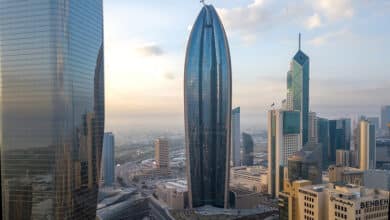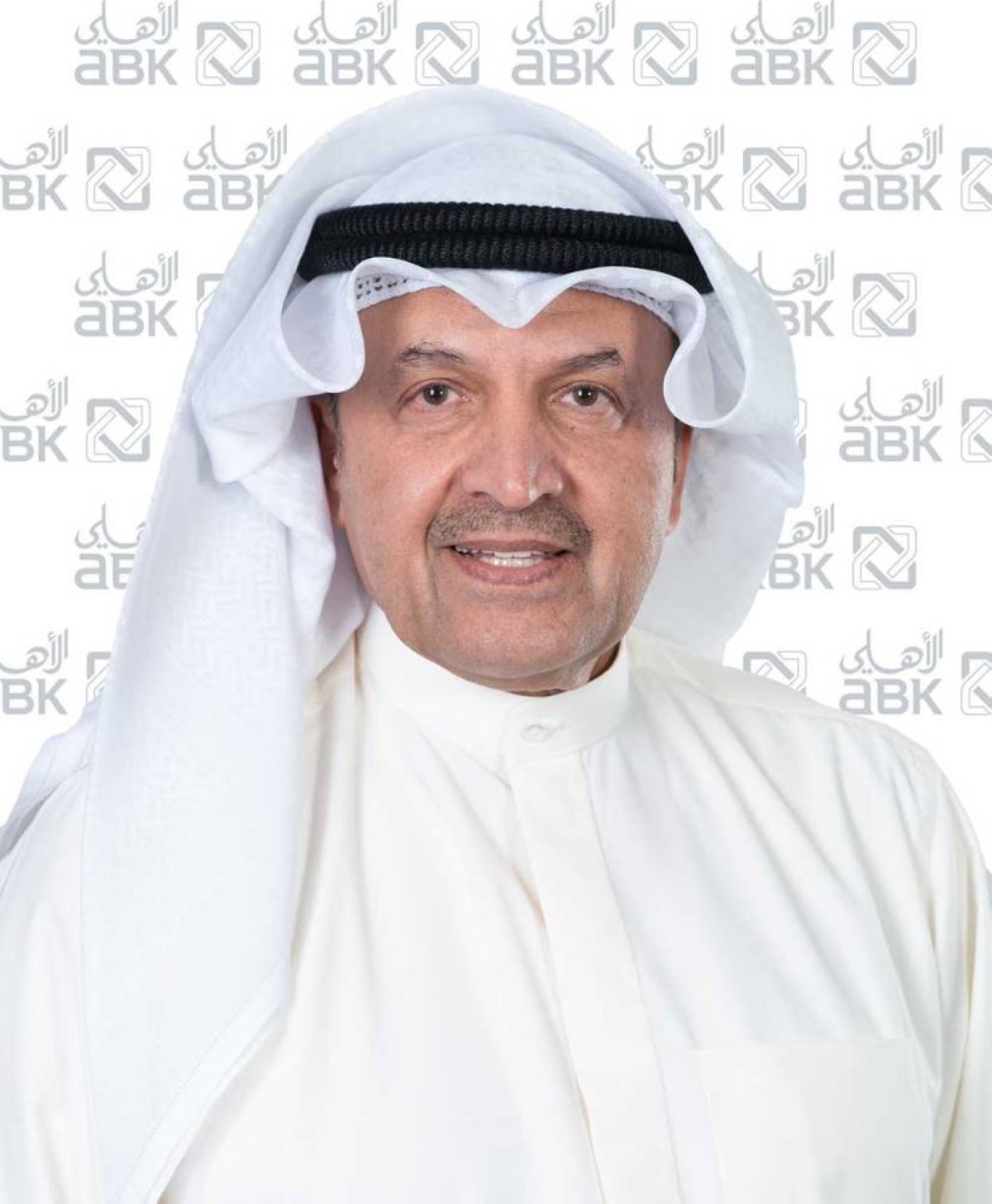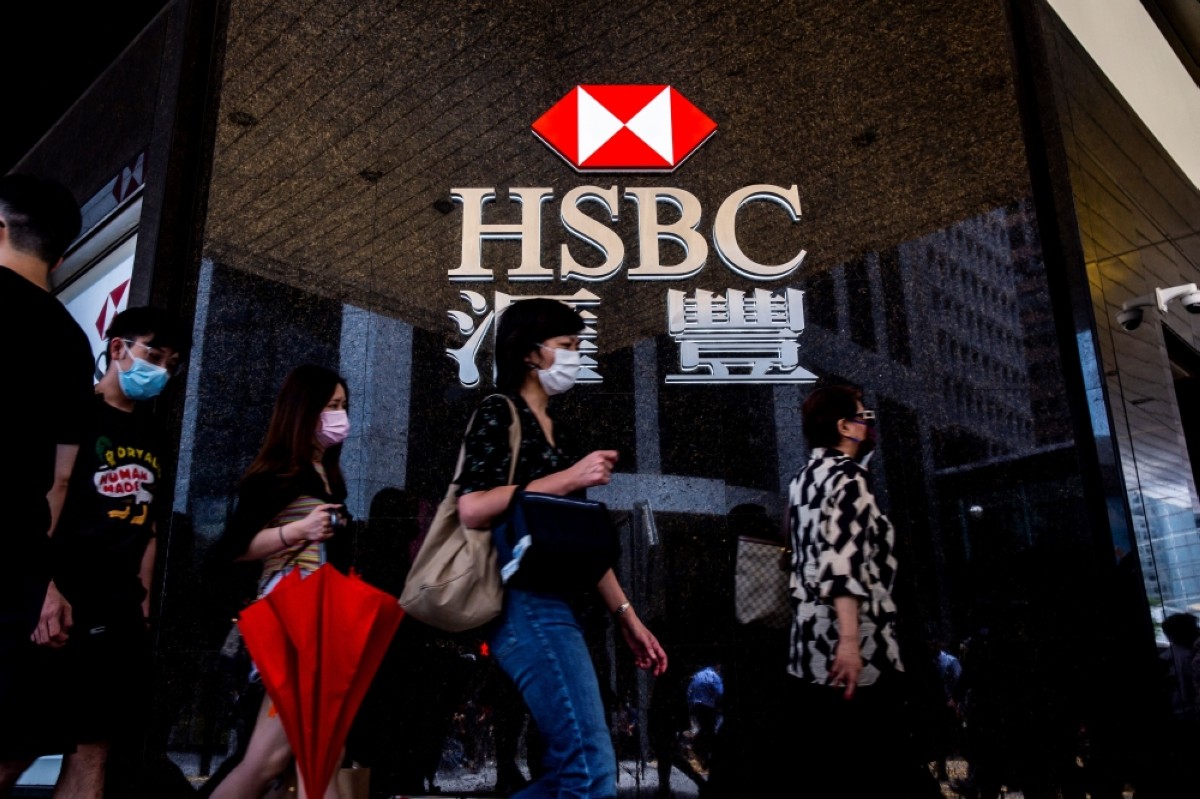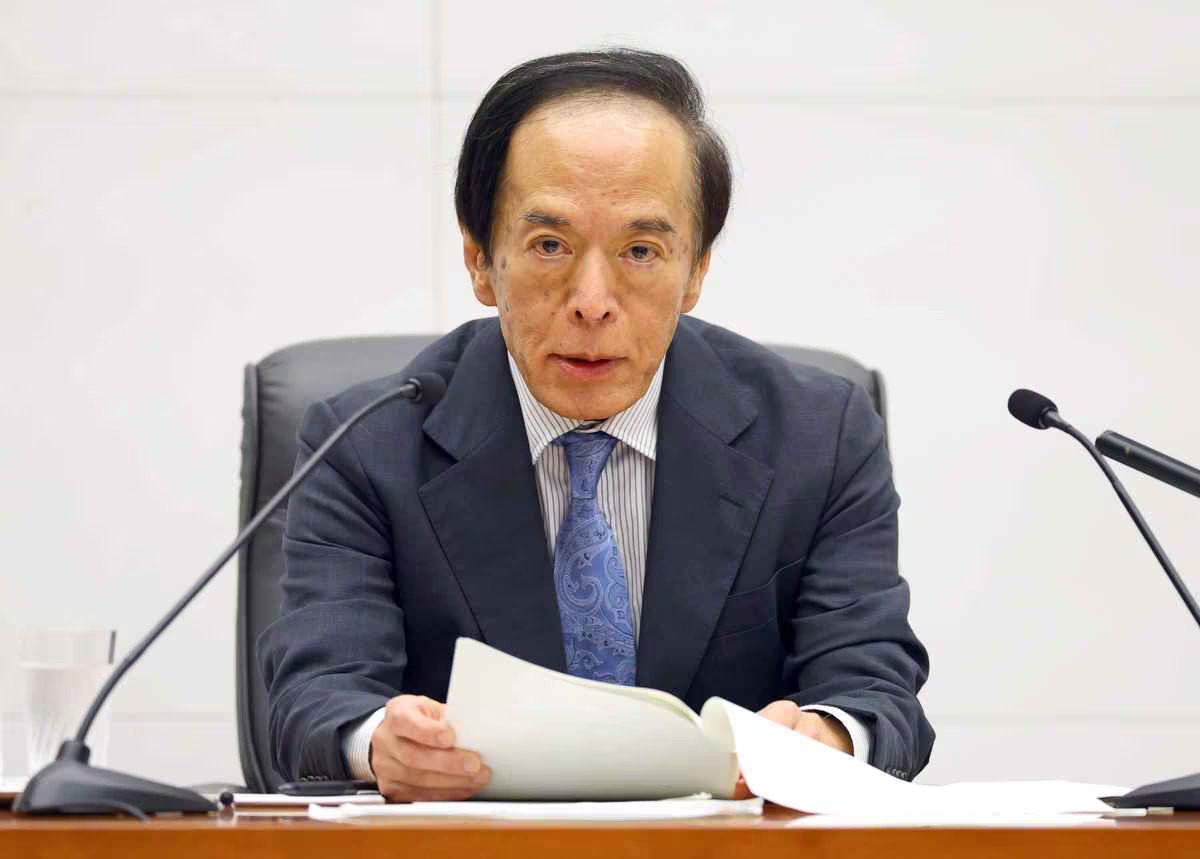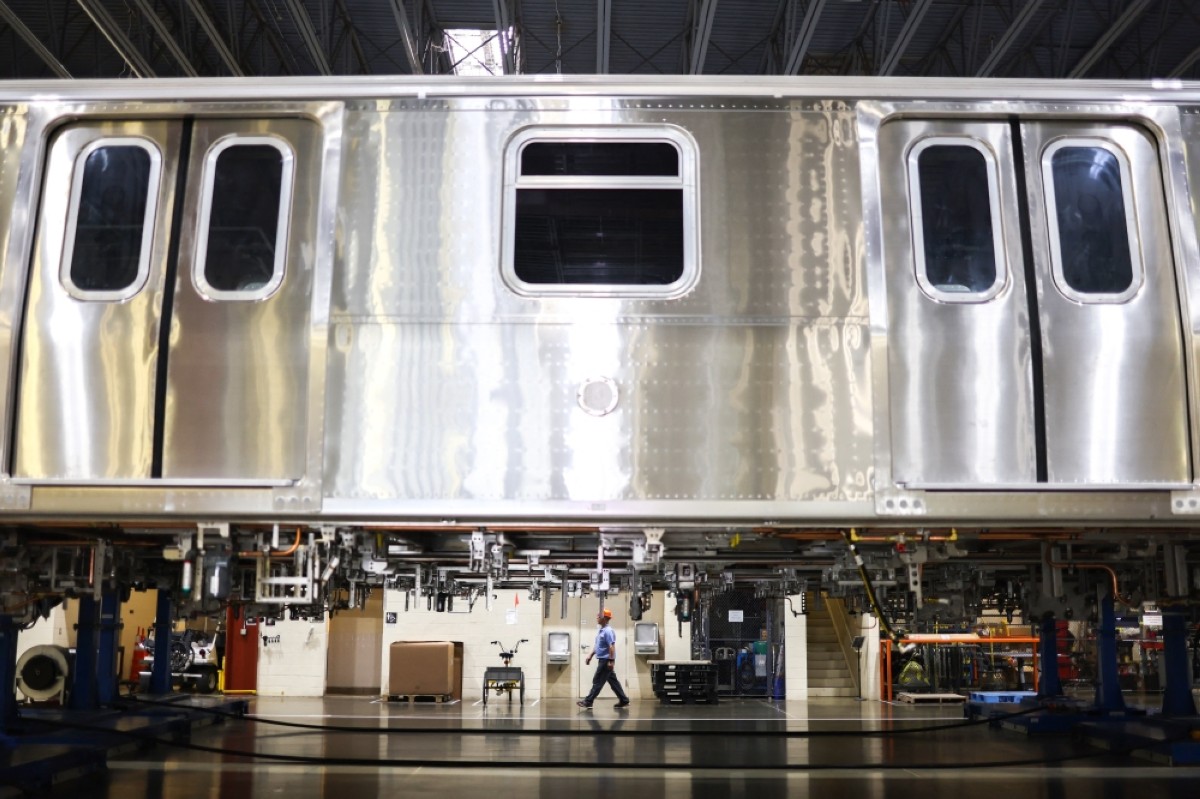Kuwait’s credit growth muted in H1
KUWAIT: Domestic credit growth remained weak in Q2 at 0.2 percent q/q, translating into a YTD increase of 0.8 percent (+3.3 percent y/y).

Higher interest rates, banks’ lower price competition in terms of retail lending, and normalizing growth following a strong 2022 are some of the factors behind the weakness this year. Looking ahead, while a more favorable political backdrop and ongoing momentum in project awards may support business credit we note that, historically, business credit growth has been much weaker in the second half of the year than in H1. Business credit increased by a limited 0.4percent q/q translating into YTD growth of 1.6 percent.
This follows a strong 6.8percent growth in 2022, the fastest annual expansion since 2013. The trade sector was, by far, the main driver of growth in Q2, increasing by a solid 6.3percent q/q while “other services” and “oil/gas” were the weakest, dropping by 3percent and 2.1percent, respectively. From a YTD perspective, “trade” and “construction” are the fastest growing, together accounting for 84 percent of the total increase in business credit. The particularly interest rate sensitive “real estate”, the sector’s heavyweight with a 41 percent share, is up by 0.9 percent YTD (+5.6 percent in 2022) after a strong rise in June, having been in the red for most of 2023. Looking ahead, we note that business credit growth is usually much weaker in the second half of the year.
However, an ongoing improvement in project awards, which are up by nearly 140 percent y/y in H1, especially if accompanied by a sustained favorable political backdrop may support business credit growth in the second half of the year. Meanwhile, household credit remained flat for the second consecutive quarter, a sharp slowdown following two very strong years. Higher interest rates, easing price competition among the banks given the higher cost of funds, softening consumer spending growth, and lower real estate sales are all factors that have contributed to this major slowdown in household lending.
On a y/y basis, total credit is up by 3.3percent through June (business +2.1percent, household +3.7percent), slower than the 5.1percent recorded at the end of Q1. Deposit growth softening Resident deposits increased by 0.6 percent q/q, lifting YTD growth to 2 percent (+1.6 percent y/y). In continuation of Q1, private-sector deposits increased, although marginally, in Q2 and government deposits soared while public institutions’ deposits (accounting for 13 percent of resident deposits) remained on a downtrend, actually falling by a steep 20 percent since May 2022.
YTD, private-sector deposits are up by 2.9 percent, government deposits soared by 16 percent while public institutions’ deposits fell by 10 percent. Within private-sector KD deposits, and for the fifth consecutive quarter, growth in time deposits outpaced that of CASA. Since March 2022, when interest rate-liftoff commenced, time deposits are up by 29 percent while CASA is down by 12 percent.
Discount rate hike Finally, the Central Bank of Kuwait (CBK) tracked the US Fed in hiking rates by 25 bps in its July meeting, bringing cumulative hikes in the discount rate to 2.75 percent since March 2022, compared with a cumulative 5.25 percent increase by the Fed. While the Fed left the door open for further hikes in the remainder of the year, depending mainly on how inflation will evolve, the most recent (June) dot-plot indicates one final 25 bps hike in 2023 while current futures market pricing indicates that the hiking cycle is done.



